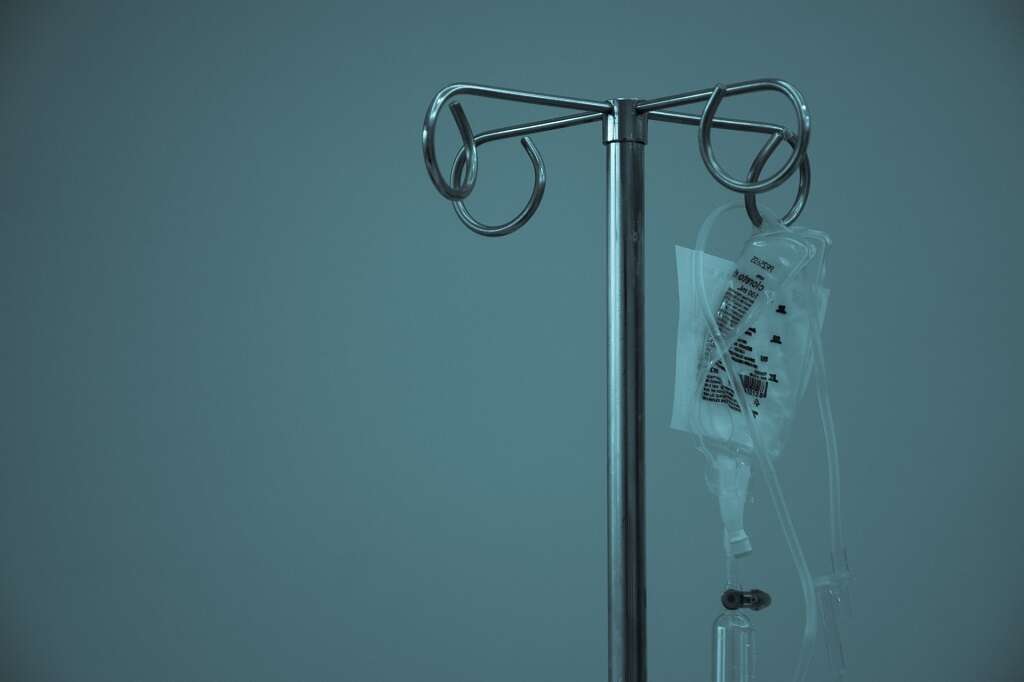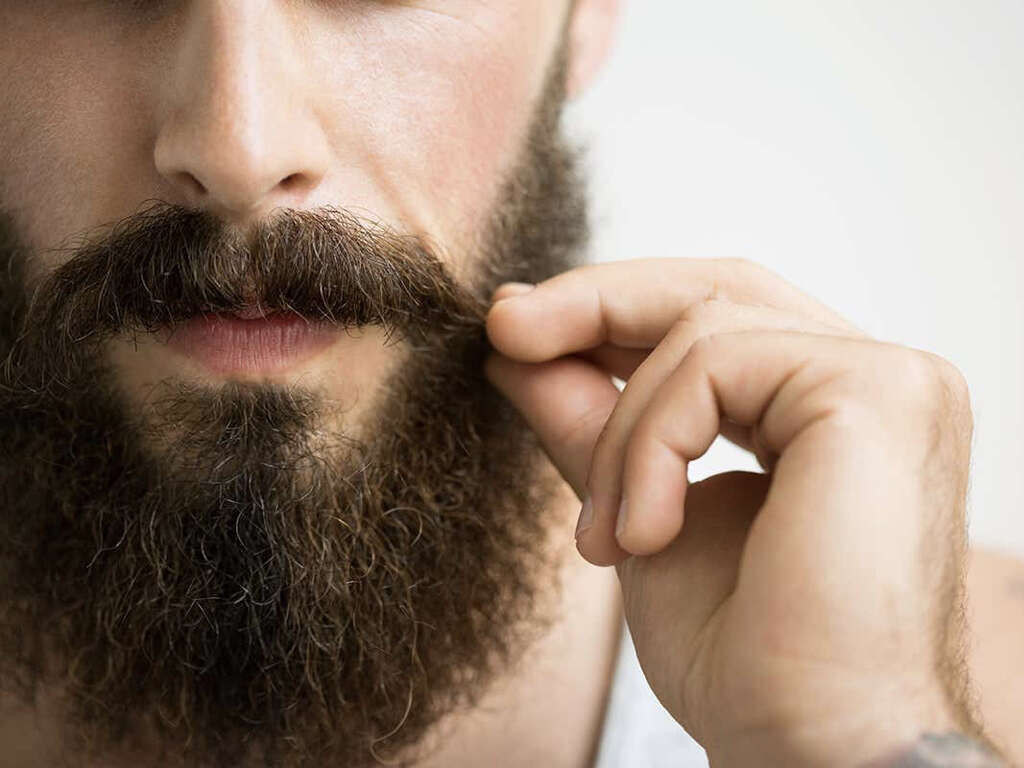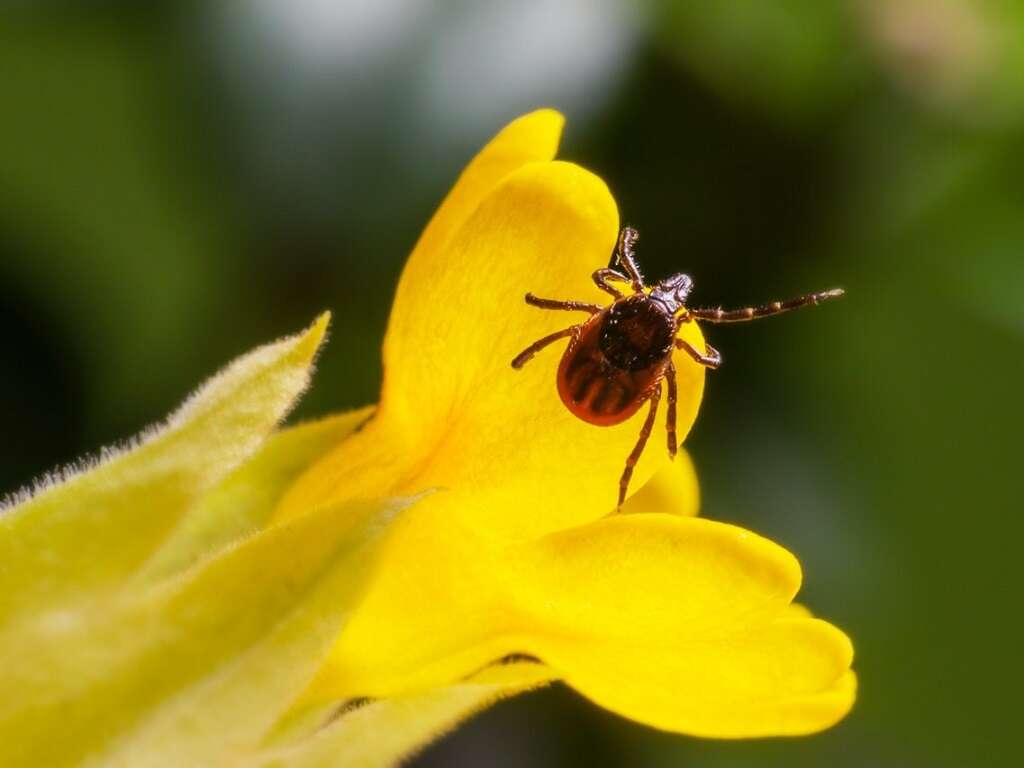10 Anaplasmosis Symptoms
 Article Sources
Article Sources
- 1. 'Articles.' Cedars, www.cedars-sinai.org/health-library/diseases-and-conditions/a/anaplasmosis.html
- 2. 'Signs and Symptoms.' Centers for Disease Control and Prevention, Centers for Disease Control and Prevention, 11 Jan. 2019, www.cdc.gov/anaplasmosis/symptoms/index.html
- 3. 'What Is Sepsis?' Centers for Disease Control and Prevention, Centers for Disease Control and Prevention, 27 Jan. 2021, www.cdc.gov/sepsis/what-is-sepsis.html
Anaplasmosis is a tick-borne illness caused by the Anaplasma phagocytophilum bacterium. Ticks are parasites related to scorpions and spiders that attach to other animals, including humans, and suck their blood. The bacteria spread through the tick bite, similar to babesiosis, ehrlichiosis and Lyme disease.
It takes 24 to 48 hours for the tick to transmit Anaplasma phagocytophilum bacteria. Anaplasmosis isn't contagious between people or animals. Anaplasmosis symptoms can vary from mild to severe. Typical signs include fever, headaches, muscle pains and fatigue. Anaplasmosis symptoms occur about one to two weeks following the tick bite.1‘Articles.’ Cedars, www.cedars-sinai.org/health-library/diseases-and-conditions/a/anaplasmosis.html
Fever and Chills
Even if a person doesn't notice the tick attached to their skin, the bacteria can infect them. The anaplasmosis symptoms are fever and chills. These can begin as early as the first day of infection to five days after transmission between the person and tick. However, it may take up to 14 days for the first signs to start.
The fever is typically mild, and patients might not notice it at first if they live in a warm climate. However, a temperature that rises above 101 degrees for an adult and 103 degrees for children should be evaluated by a physician.

Severe Headache
One of the most noticeable anaplasmosis symptoms is a severe headache. The pain can be anywhere on the head, including one or all sides, and be persistent or come and go. Patients note a throbbing pain or dull ache.
To reduce a severe headache, try over-the-counter NSAIDs, such as acetaminophen, naproxen or ibuprofen. Additionally, applying a cold compress to the forehead may offer some relief. If the pain is unbearable with home treatment, contact a physician.

Nausea and Vomiting
Patients with anaplasmosis from a tick bite may experience nausea and vomiting along with the fever, chills and headache. These symptoms indicate a bacterial infection. Home care includes bland foods, plenty of fluids and rest. Patients should limit caffeine to prevent dehydration, which can occur with a fever, nausea and vomiting.
Anyone with these signs that don't resolve in 48 hours needs to speak with their primary care doctor. Antibiotics are necessary to manage anaplasmosis. Delays may lead to serious complications.

Diarrhea
Another typical anaplasmosis symptom is diarrhea. This unpleasant sign of infection can accompany nausea, vomiting and fever. Diarrhea might be watery or only soft.
To reduce the risk of dehydration with anaplasmosis, drink plenty of non-caffeinated beverages. Diarrhea that doesn't improve with antibiotics might be related to another condition or secondary infection. Contact a physician if diarrhea or loose stool continues or worsens after completing a full round of prescribed antibiotics.2‘Signs and Symptoms.’ Centers for Disease Control and Prevention, Centers for Disease Control and Prevention, 11 Jan. 2019, www.cdc.gov/anaplasmosis/symptoms/index.html

Cough
Individuals might experience a dry or wet cough in the first days of the infection. A dry cough might cause a sore throat. Additionally, excess coughing can lead to body aches and pains.
To manage a cough after seeing a doctor for a diagnosis and starting antibiotics, stay hydrated to keep the throat wet. A dry cough might be painful, especially during a coughing fit. Patients with asthma may need additional management for symptoms.

Fatigue
It's not uncommon for a person with anaplasmosis to experience fatigue with the infection. The body is working hard to fight the bacteria, and the immune response can zap energy.
After seeking medical care and starting an antibiotic to manage the infection, patients may still feel exhausted for the duration of the medication. Try to get plenty of rest to help the body heal. Anyone experiencing excessive fatigue after completing their prescription should contact their doctor.

Rash
Although rare, some patients with anaplasmosis symptoms can develop a mild rash. According to the CDC, less than 10 percent of people with the infection passed by ticks experience a rash.
A rash is an immune response to bacterial infections. These skin conditions are rarely serious or cause other symptoms, such as itchiness or pain around the affected area. Most rashes clear up in a few days without additional management needs.

Confusion
Confusion with anaplasmosis might be a sign of a serious infection, which may occur with delayed symptom management. Additionally, older patients may experience more severe signs of the bacterial infection caused by ticks.
Anyone with a fever, cough, fatigue and other symptoms along with confusion should seek immediate medical attention. Other brain problems can include seizures, especially in young children who also experience high fevers. Failure to manage the infection can lead to serious complications, including death.

Respiratory Failure
Respiratory failure is a serious but potential complication of anaplasmosis that can be fatal without immediate medical attention. In addition to this happening when management is delayed, patients with compromised immune systems may experience severe complications from the tick-borne illness.
Individuals with HIV/AIDS, cancer or organ transplants might need additional management for the bacterial infection, such as hospitalization, extra fluids via IV and breathing support. Additionally, some patients require kidney dialysis to recover completely.

Sepsis
Sepsis is a rare complication that may happen with a viral or bacterial infection. Symptoms that indicate sepsis can include confusion, fever, shortness of breath, clammy skin and low blood pressure. Sepsis is a serious body response to infection that may lead to complete organ failure.
Sepsis is most common with patients 65 and older or aged one and younger. Also, people who've had sepsis previously are at a higher risk of developing it again.3‘What Is Sepsis?’ Centers for Disease Control and Prevention, Centers for Disease Control and Prevention, 27 Jan. 2021, www.cdc.gov/sepsis/what-is-sepsis.html











